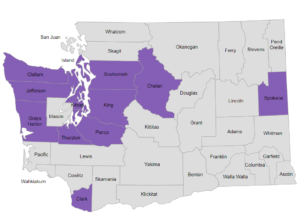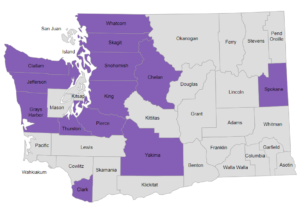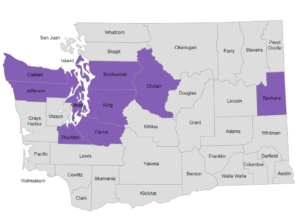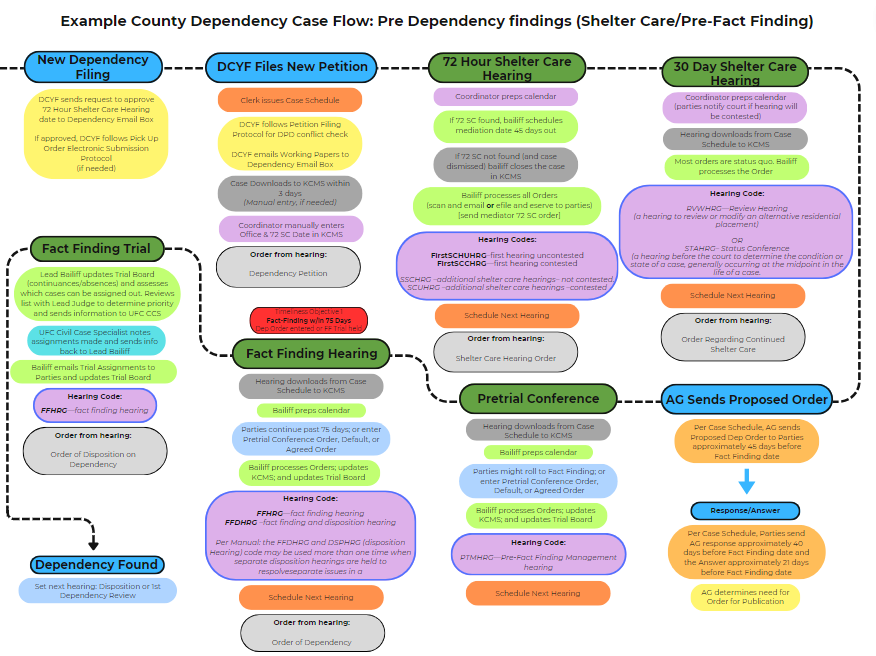Break Out Rooms by Roles (11:15)
Focus on Best Practice One: Structure and Organization
Prompts for Discussion: We’ve asked volunteers to read the questions below in no particular order – if a topic strikes you, please share your thoughts. The idea is not to gain a particular set of knowledge but to get to know each other’s areas of expertise, share information, and gain insight to the practices of other courts.
Culturally competent court practices
- Are your operational team and committee(s) made up of people from a similar demographic background of the people who participate in your FTC? The people in your community? If not, do you have plans to change this?
- What value does having a culturally diverse staff bring to your FTC? How can you phrase this value to add this characteristic to your hiring notices?
- Can you change your onboarding processes in such a way that allows staff with less work experience but more life experience to be successful applicants?
- Have you been to any diversity or cultural competence training or hired consultants that may be able to help other courts?
Collaboration
- Discuss a time when your FTC operating team was having a difficult time working together. What resolved the issue?
- Does your team undergo any team-building activities, training or regular social events to appreciate the work they do? Do you integrate any care-taking activities for your staff, such as regular socials, food, exercise discounts or incentives, case-load checks, or shoutouts?
- How do you manage secondary trauma on your court team, do you consider this to be something that has impacted your court?
- Does your team have meeting agreements, a set of “norms” or social rules that you have discussed and implemented to the group? Speak about how that process went and what has worked.
Trauma –Informed Practices
- What behaviors do you see frequently in your courtroom that are a sign of trauma?
- How do you respond to those behaviors?
- Have you participated in any trauma work with your local court team? Are there any training sessions that you would recommend?
- Some courts in our state actively “assign” mindfulness or self-care tasks as a therapeutic response/sanction. Has your court done this? Do you have an example you could share?
Materials updates:
- What method do you have in place for updating materials like your policy and procedures manual?
- Who is responsible for leading this? Do you delegate appropriate sections to other team members (i.e. Does the social worker on your team review visitation guidelines? Do SUD providers look at stages regarding treatment?)
- How often does this review occur?
Community connections
- Do you have formalized partnerships with community agencies – e.g. written memoranda of understanding? What would help you to institute this?
- Does your team include community members on steering committees, oversight committees, or your local operational team? Some examples might be someone from the housing board, a domestic violence response group, parent advocates, or educational liaisons.
Governance structure
Does your FTC have any plans in place for sustainability?
- Funding?
- Planning and Oversight Committees?
- Steering Committee?
Does your court have a relationship with local media? How could you advertise the work you are doing to the community in a way that highlights your strengths and protects your participants?
Break Out Rooms by FTC Operating Team (11:45)
Focus on Debriefing your local team, setting action items, and discussing Best practice two: Role of the Judge
Break Out One Debrief:
Did you learn anything in your morning break out groups? Take one minute for each team member to share the most important two items you discussed in your role groups.
Now prioritize the list of items you just brought up, can you identify one or two that would be possible to move forward in the next three months? Request volunteers to do that work (in consideration of their workload), delegate tasks as fairly as possible. Set a date for reporting out before leaving today and put it on your calendars.
Best Practice Two: The Role of the Judge
- How does your local governance structure help mediate secondary trauma and stress for your judicial officer?
- Discuss why and how the role of the judicial officer is important in your court?
- Discuss the power structure of your court. In what way do you lift up the opinions and thoughts of those with less power, or work to flatten the structure when possible?
- How can your judicial officer better leverage the court to bring community members together to support the team and family treatment court as a whole?
